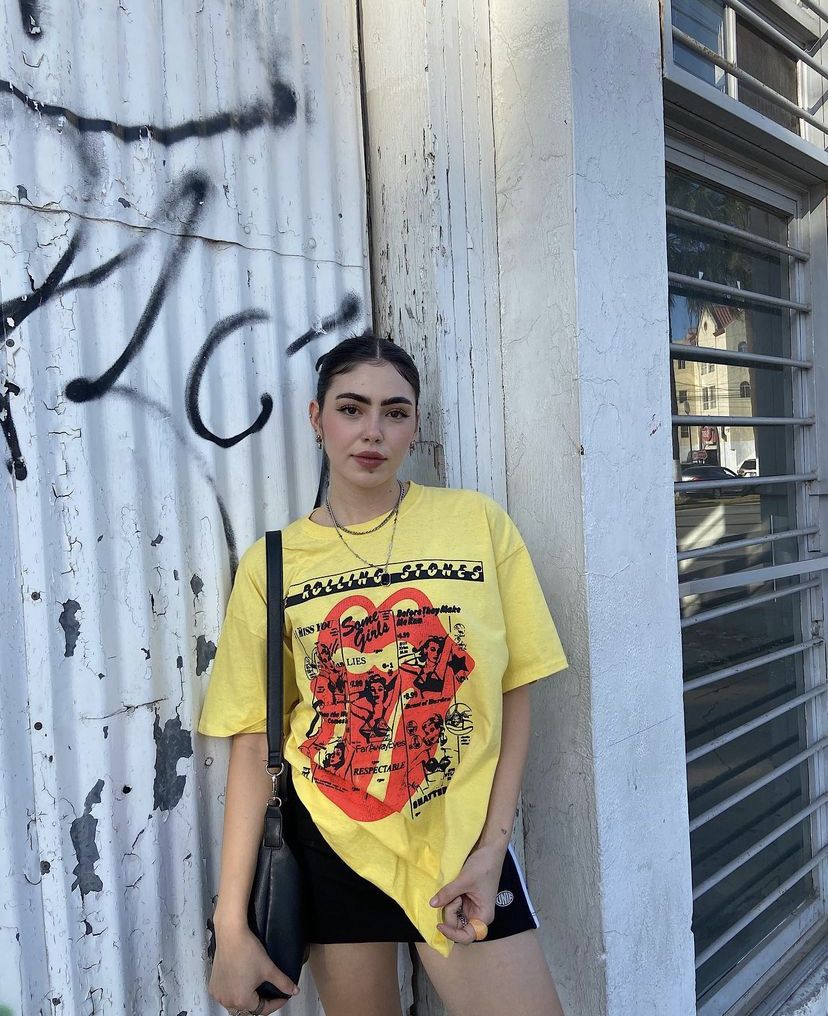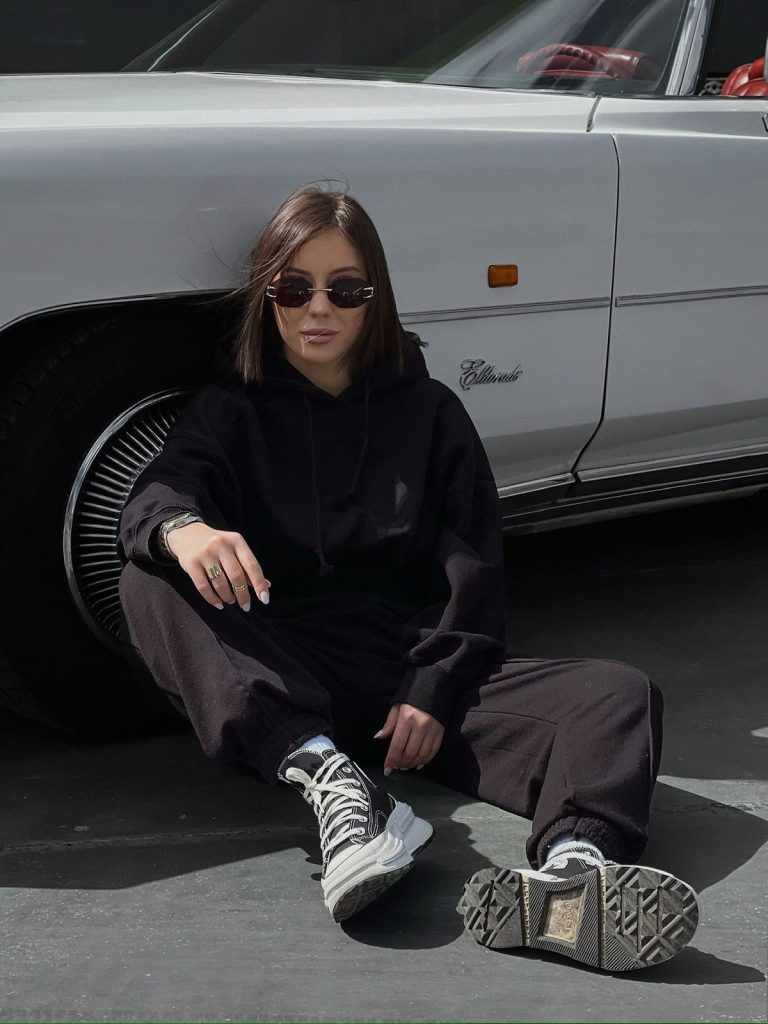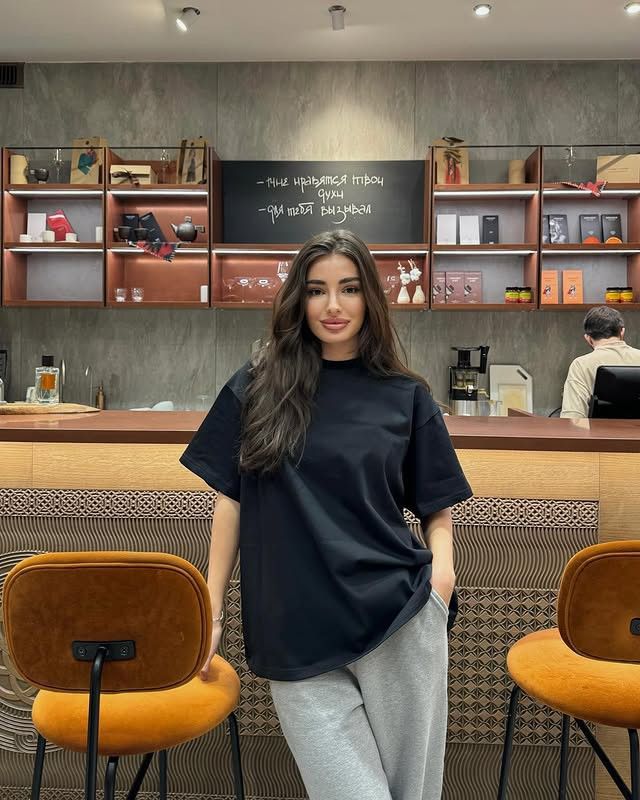Introduction
Color has always been more than a visual experience; it is an emotional language that defines eras, sets cultural moods, and shapes personal identity. In 2025, the palette of fashion, interior design, digital aesthetics, and lifestyle expression is undergoing an exciting transformation. Shades are no longer confined to seasonal palettes; instead, they are becoming narrative tools that reveal how humanity sees itself in an age of progress, sustainability, and technological expansion. From daring chromatic bursts to subtle earthy gradients, the tones of 2025 are symbolic of both individual creativity and collective shifts in society. This exploration of color will not only highlight which shades dominate the year but will also explain why they resonate so deeply in our evolving world.
The Cultural Power of Color in 2025
In 2025, colors are more than decorative choices; they represent entire cultural dialogues. The rise of digital spaces has intensified the way shades are shared, reinterpreted, and consumed globally. Social platforms broadcast color stories instantly, meaning a vibrant shade trending in Tokyo can influence the streets of New York or the boutiques of Paris within days. Meanwhile, political climates, environmental awareness, and shifting gender norms all shape how people gravitate toward specific hues. For example, the prevalence of calming, nature-inspired greens reflects society’s yearning for balance in an overstimulated digital era. Simultaneously, neon-inspired brights mirror optimism and bold self-expression in a time when individuality is highly celebrated. The cultural power of color in 2025 lies in its ability to blend tradition with innovation, nostalgia with futurism, and personal taste with global consciousness.
The Influence of Technology on Shade Selection
Advancements in technology have significantly altered the way trends are identified and spread. Artificial intelligence and predictive algorithms now forecast the popularity of colors months before they appear in mainstream collections. Designers rely on data-driven insights to anticipate consumer responses to certain tones, while digital artists and virtual influencers bring experimental palettes to mass audiences. Augmented reality shopping experiences allow customers to visualize clothing or interiors in various shades before making a purchase, solidifying color as an interactive element of modern consumption. Additionally, smart materials that adapt and shift hues depending on light, temperature, or user preference are redefining what it means to wear or display a color. These innovations not only broaden the range of possible shades but also push society to reconsider the permanence of color, inviting fluidity and transformation as part of everyday life.
Sustainability and the Return to Natural Tones
The environmental movement continues to play a pivotal role in shaping 2025’s color direction. As eco-consciousness becomes mainstream, tones derived from natural pigments and organic inspirations gain traction. Earthy browns, muted clays, soft beiges, and gentle stone shades are now staples across wardrobes and interiors. These tones are chosen not only for their aesthetic qualities but also for their symbolic connection to sustainability, authenticity, and mindful living. Brands committed to eco-friendly practices often emphasize these hues to align visual identity with environmental responsibility. Moreover, the return to natural tones serves as a reminder of humanity’s roots and a subtle push against over-digitization. By embracing these hues, individuals are not simply following a trend—they are making a statement about values, balance, and a collective future anchored in respect for nature.
Conclusion
The color trends of 2025 are more than fleeting seasonal highlights; they are cultural signifiers that embody how society views itself and where it intends to go. Every hue that dominates the year speaks to broader narratives—shades of green that mirror the global urgency for sustainability, radiant neons that reflect optimism in a technology-driven age, soft neutrals that remind us of calm amidst chaos, and experimental gradients that signal creativity without boundaries. Together, these hues form a chromatic language that tells the story of a world in transformation.
For designers, brands, and tastemakers, understanding these shades is not only about staying visually relevant but also about tapping into the emotional and psychological resonance that color provides. In fashion, interiors, branding, and digital spaces, color functions as an immediate connector—conveying energy, values, and mood in ways that words cannot fully capture. As individuals embrace these hues in their wardrobes, homes, and online identities, they are participating in a collective dialogue that balances personal expression with cultural momentum.



